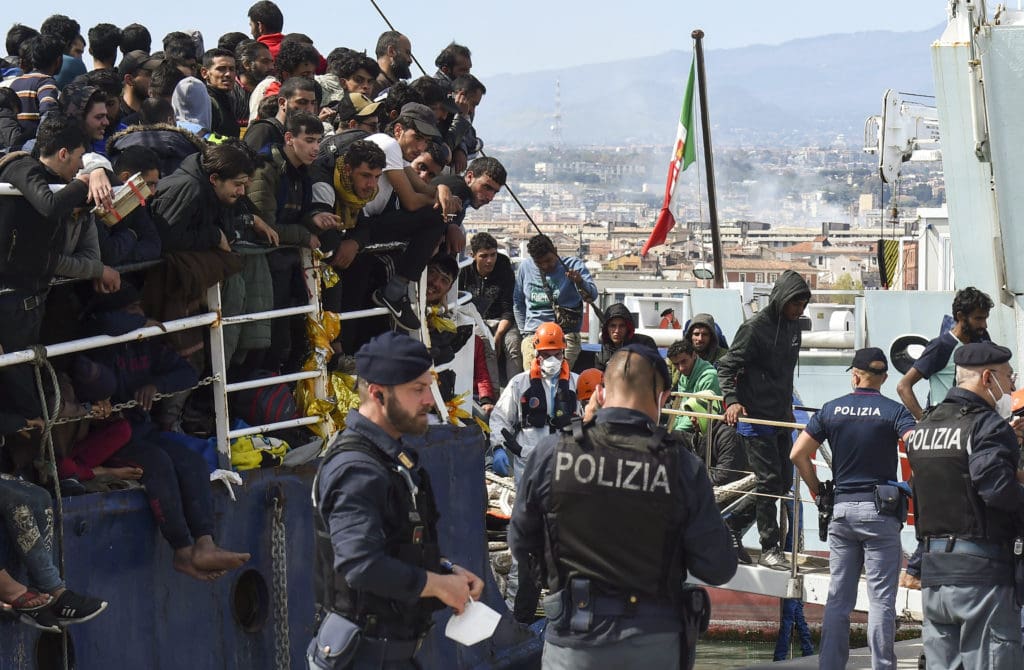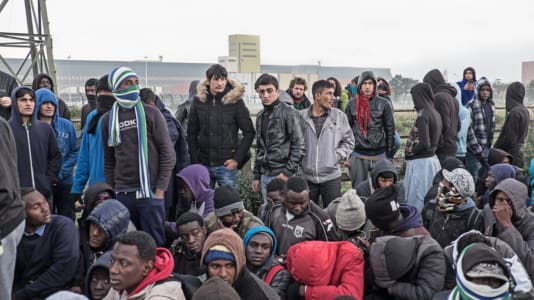Italy is responding to the number of illegal boat migrants quadrupling by declaring a nationwide state of emergency, with the government of Giorgia Meloni hoping it will help Italy cope with the growing immigration surge. However, experts are warning that if current trends hold, Italy could see up to 50,000 new arrivals a month in the summer months.
The new measures, which are initially limited to six months, are intended to free up additional resources and money to deal with the crisis. Over Easter alone, around 2,000 people landed in several boats on the Mediterranean island of Lampedusa.
In addition to emergency aid totaling €5 million, which will flow into the most affected regions of the country, the state of emergency will also see the construction of additional migrant shelters.

So far this year, the Italian Interior Ministry has registered over 31,000 illegal entries by sea. In the same period last year, their number was 7,900. However, the real fear is that in the coming months with warmer weather, an unprecedented number of migrants could be arriving.
“Italy risks seeing something like 50,000 people arrive on its shores a month, i.e., just under 2,000 migrants a day. In March alone, landings exceeded 13,000 units and you don’t need a calculator to project this figure into the summer when sea conditions will be optimal for a greater number of days. If these figures are projected to the end of the year, Italy runs the risk of having over 250,000 migrants as of December 31,” writes Frances Gallici for Il Giornale newspaper.
Meloni is under pressure over immigration. Despite campaign pledges to reduce migrant flows, Italy has done little to tackle the crisis and has seen illegal immigration numbers rise dramatically. In fact, she has personally greeted migrants rescued from the sea in a photo op, leaving many conservatives questioning whether she has any appetite to tackle the issue. Her coalition partner, Matteo Salvini, is calling for stricter measures, such as the ones he instituted while serving as interior minister in 2019, which saw illegal immigration plummet.
Salvini, who now serves as deputy prime minister, is not keeping quiet about the issue either. From Udine, he underlined that Europe “has been chatting for years, but has never lifted a finger. It’s time to demonstrate that there is a union and solidarity is not only the responsibility of Italy, Spain, Greece or Malta, because we are unable to support a thousand arrivals a day economically, culturally and socially.”
Salvini’s League party has introduced 21 amendments to existing immigration laws that the party says will help speed up repatriations and serve as a deterrent to new arrivals.
A government statement regarding the emergency measures announces “new structures, suitable both for sheltering as well as for the processing and repatriation of migrants who don’t have the requisites to stay” in Italy. However, building new migrant shelters may improve congestion, but it is unlikely to reduce numbers overall.
According to the Italian Interior Ministry, the most common countries of origin for illegal immigrants are Ivory Coast (17 percent), Guinea (13 percent), Pakistan (11 percent), Egypt and Tunisia (8 percent each), Bangladesh (7 percent), Cameroon (5 percent) and Syria (4 percent). Another 22 percent are from other countries or have unclear status.






